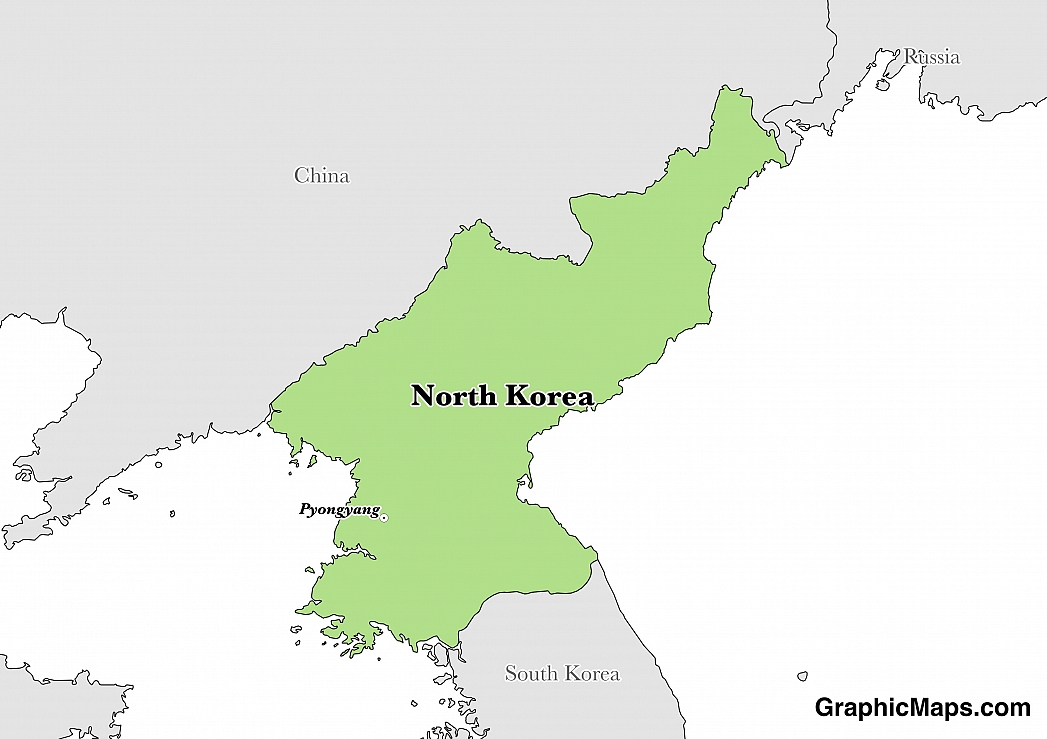According to the country’s mythology, the city was established in 1122 BC. When the Democratic People’s Republic of Korea was established in 1948, Pyongyang became its de facto capital. The city was severely damaged during the Korean War. It was later rebuilt in a design inspired by Kim II-Sung’s vision. Pyongyang neighbors the provinces of South Pyongan and North Hwanghae. It is built on the Pyongyang plain, a vast plain on the Western coastline of the Korean Peninsula. The Taedong River passes through the city as it flows towards the Korea Bay, which constitutes the Yellow Sea. Taedong is the second longest river in North Korea.
Being a special city, Pyongyang is accorded the status of a province, and it occupies a total area of 1,233 square miles. According to preliminary results of a population census held in the country in 2008, Pyongyang has about 3,255,388 inhabitants, making it the most populous city in North Korea. Most of the residents live in high-rise apartment buildings. The primary language spoken in Pyongyang is Korean. According to a 2015 estimate, the city has a literacy rate of about 100% since all its occupants who are above the age of 15 can read and write. Majority of the people living in Pyongyang are either atheists or believers of traditional religious practices such as shamanism and Chondoism. There is also a small percentage of Buddhists and Christians.
Major attractions in Pyongyang include Juche Tower which is the world’s second tallest monumental column. The 560 feet tall structure sits on the banks of Teadong River and it is named for the political ideology of the country. Ryugyong Hotel, which is yet to open since its completion in 2011, is the tallest unoccupied building in the world. Other architectural landmarks in the city include the Kumsusan Palace of the Sun, the Arch of Reunification, the Arch of Triumph, the Tomb of King Tongmyeong, and the Mansu Hill Grand Monument. Pyongyang also has modern leisure parks such as the Kaesong Youth Park, a zoo, circus, botanical gardens, museums, and shopping complexes.
The climate of Pyongyang is a humid continental climate, designated as Dwa in the Köppen classification. Summers in the city are hot and humid with June, July, and August being the hottest months. Winters are cold and dry. The winter season starts in November and ends March, with January being the coldest month. Snow falls for an average of 37 days. The transition from winter to summer occurs quickly from April to early May and the return to winter is also abrupt, occurring between late October and November. On average, Pyongyang receives the most rainfall between June and September.
This page was last modified on May 1st, 2018
More on Graphicmaps

Published on 2019-11-06
What is a Trade Embargo?

Published on 2019-11-04
Which Two Countries Used to Have the Same Flag?

Published on 2019-09-16
What Is the Only Two-Sided State Flag?

Published on 2019-09-16
Which Country Flag Looks Like the Texas Flag?

Published on 2019-08-29
Flags That Resemble the US Flag

Published on 2019-08-20
